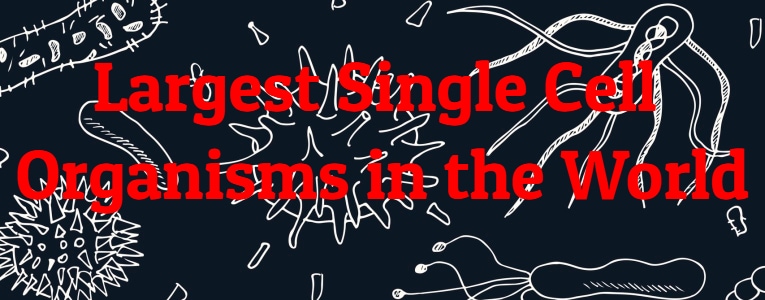You probably think of unicellular, or “Single cell” organisms as being very tiny–and most of them certainly are. However, even among the species that require microscopes to be seen, there are a few outliers that can grow to surprisingly large sizes! Additionally, there are several species out there that many people would be surprised to learn are unicellular.
Today we’ll be taking a look at 10 of the largest single cell organisms in the world and learning some cool facts about these fascinating life forms. Read on to meet some surprising contestants in the running for the highest rank, and to learn which of these specimens might even make it into your home aquarium!
-
Stentor Protists
Habitat: Freshwater
Year Discovered: 1831
Discovery Location: Unknown
 Source: wikimedia.org
Source: wikimedia.org
These tiny organisms are sometimes referred to as trumpet animalcules due to their distinctive shape. While 2 millimeters might not sound very large, most protozoa cannot be seen without the aid of a microscope, so this level of visibility is actually impressive for a unicellular creature! This aquatic organism prefers slow-moving or stagnant water to flowing waters.
Did You Know?
Trumpet animalcules have a strand of multiple nuclei much like a string of pearls, rather than a single nucleus as many single cells have.
-
Spirostomum
Habitat: Freshwater and saltwater
Year Discovered: 1678
Discovery Location: The Netherlands
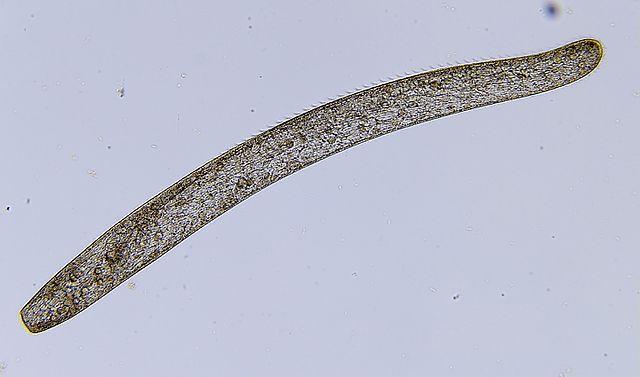 Source: wikimedia.org
Source: wikimedia.org
While this fascinating unicellular organism generally stops growing at around 4 mm in length, it can sometimes grow even larger and has been described as looking like a tiny worm while swimming. The Spirostomum tends to forage among aquatic debris for its food, using its proportionately short cilia to move through the water.
Did You Know?
This single cell organism is extremely flexible and contractile, and will quickly contract its body length by over 60% within just a few milliseconds when disturbed.
-
Chaos Carolinensis
Habitat: Freshwater floors
Year Discovered: 1900
Discovery Location: North Carolina, USA
 Source: wikimedia.org
Source: wikimedia.org
The largest species in the family Amoebidae, this organism is often simply called the “giant amoeba” after multiple decades of naming controversy. German naturalist Rösel von Rosenhof originally nicknamed the organism “der kleine Proteus”, and its scientific classification names were also used to describe similar organisms. This resulted in a great deal of confusion until the current unique name “Chaos Carolinensis” was finally settled upon.
Did You Know?
The “giant amoeba” is actually large enough that it must be viewed carefully–it’s so large that a microscope cover slip can damage or crush it!
-
Gromia Sphaerica
Habitat: Ocean floor
Year Discovered: 2008
Discovery Location: Arabian Sea
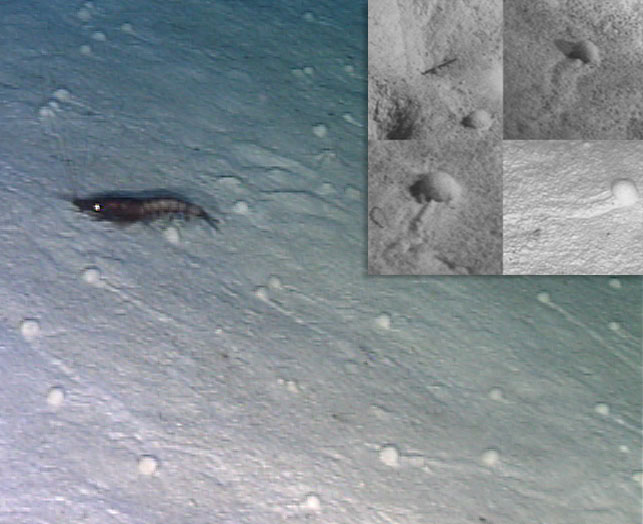 Source: wikimedia.org
Source: wikimedia.org
The strange trails that you can see in the photo are much like the very thing that made researcher Mikhail Matz double-take during an excursion in the Bahamas. People previously thought that single cell organisms couldn’t leave trails in the mud like that, so this discovery prompted a lot of questions regarding evolution and previous interpretations of trace fossils.
Did You Know?
Gromia Sphaerica move themselves across the seabed by rolling, and are built something like a thick-walled water balloon of cell organelles.
-
Valonia ventricosa
Habitat: Tropical and subtropical oceans
Year Discovered: 1887
Discovery Location: Carribbean
 Source: wikimedia.org
Source: wikimedia.org
Nicknamed “Sailor’s Eyeball” or “Bubble Algae,” this organism has more than one nucleus and reproduces by segregative cell division. Its cellulose fibers are intricately arranged, resulting in a nonporous outer wall that’s shiny like a polished glass or gemstone. The colors of Sailor’s Eyeballs depends upon the quantity of the specimen’s chloroplasts, and can range anywhere from grey to green to teal.
Did You Know?
Bubble Algae is notorious as a pest among aquarium enthusiasts. Because of its reproduction method, it’s extremely hard to eradicate.
-
Spiculosiphon Oceana
Habitat: Underwater caves
Year Discovered: 2013
Discovery Location: Spanish coast and the Mediterranean Sea
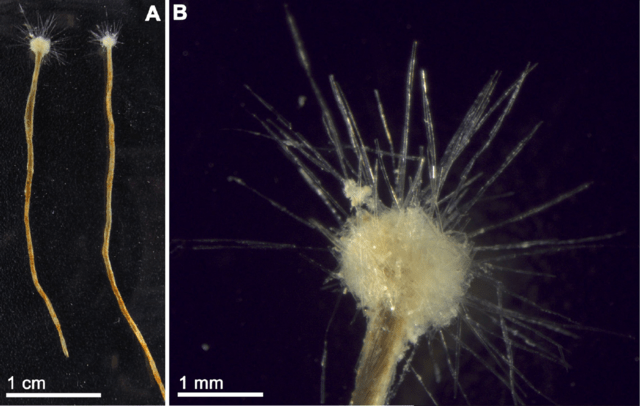 Source: wikimedia.org
Source: wikimedia.org
These fascinating unicellular organisms were originally mistaken for carnivorous sponges when they were first spotted by divers off the coast of Spain. Spiculosiphon oceana does indeed mimic the habits of these sponges, feeding by anchoring one end to the seabed and extending its cluster of pseudopod tentacles to filter plankton out of the water.
Did You Know?
Spiculosiphon oceana is actually the largest known specimen of its kind in the Mediterranean Sea!
-
Acetabularia
Habitat: Shallow, subtropical waters
Year Discovered: 1930’s
Discovery Location: The Mediterranean Sea
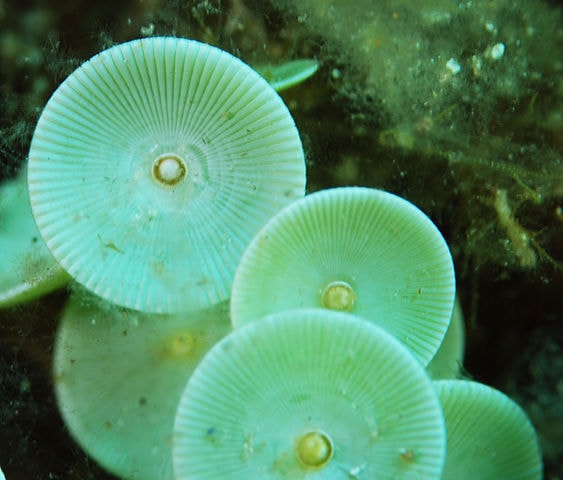 Source: wikimedia.org
Source: wikimedia.org
Also affectionately known as “Mermaid’s Wineglass” in reference to its unique shape, this unicellular organism is a type of green algae that boasts an unusually large nucleus. The halo of branches at the top of this organism’s stalk can either come together to form an umbrella or can be fanned out separately from one another.
Did You Know?
Acetabularia can withstand interspecies grafting and repair its structure even after enduring significant amputation. Even amputated pieces that contain no portion of the nucleus can regenerate a new cap!
-
Syringammina Fragilissima
Habitat: Deep sea
Year Discovered: 1882
Discovery Location: UK
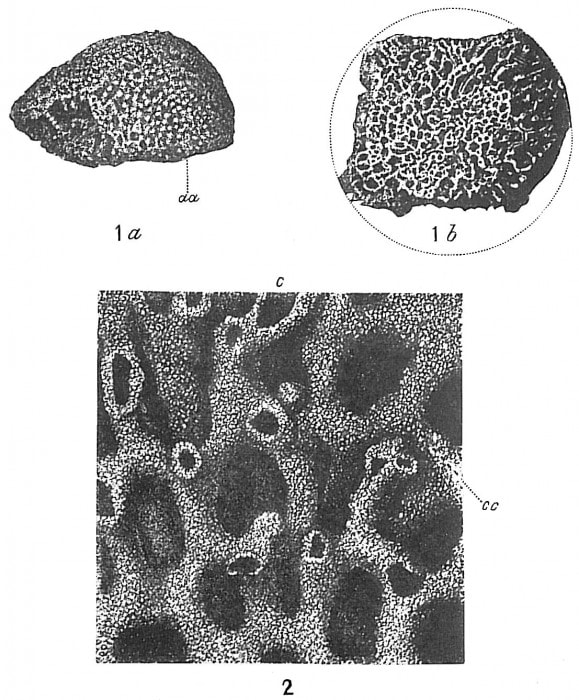 Source: wikimedia.org
Source: wikimedia.org
Dwelling deep beneath the ocean, this organism has been nicknamed “the living beach ball,” and held a place at the top of the charts for years as the largest known single cell organism in the world. These fascinating creatures can change the composition of nearby sand in a process known as bioturbation, and are highly resistant to most types of metals. These distinct organisms are composed of viscous cytoplasm that contains an intricate system of tubes and multiple nuclei.
Did You Know?
The tube system of Syringammina fragilissima secretes a type of organic cement called the “test,” which is used to collect bits of sediment.
-
Plasmodial Slime Molds
Habitat: Damp forest floors
Year Discovered: 1869
Discovery Location: Germany
 Source: wikimedia.org
Source: wikimedia.org
Perhaps the most fascinating trait of plasmodial slime molds is the way they grow to reach their astounding sizes: Smaller individual cells come together to connect and fuse, their boundaries dissolving so that they become one single celled organism with many different nuclei. These amazing organisms also come in countless different colors, except for green.
Did You Know?
Over 900 different species of slime molds have been found around the world!
-
Caulerpa Taxifolia (Aquarium Strain)
Habitat: The Mediterranean Sea and manmake tanks
Year Successfully Bred: 1980
Discovery Location: The Mediterranean Sea
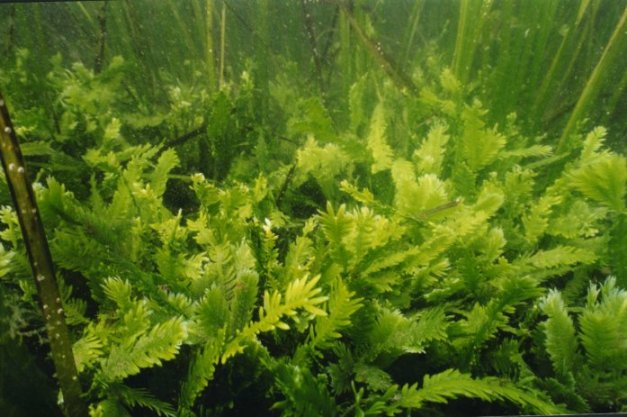 Source: wikimedia.org
Source: wikimedia.org
The Aquarium Strain of Caulerpa Taxifolia is the largest single cell organism in the world. This notorious strain, bred to be highly resistant in captivity, was accidentally reintroduced to the Mediterranean Sea. The invasive super strain spread rapidly, choking out native plants and earning itself the nickname “killer algae”.
Did You Know?
This cold-resistant, quickly spreading algae has had a number of negative effects upon the environment, such as the destruction of fish habitats.
